Brazil: The Good
Brazil provides the dessertatarian with one of her most basic needs: SUGAR.  I can’t help but use all screamin’ caps, because, like, seriously, Brazil has a lot of sugar– they even run their cars on it in the form of ethanol.  The heft of the typical Brazilian table sugar packet is considerably more than those in the US, too.  On my recent trip to fabulous Rio de Janeiro and the little colonial town of Paraty, I did indeed ingest a lot of sugar in a “when in Rome…” kind of way, of course.
Sucos (or juice) purveyors are plentiful in coastal towns like Rio and often have surfer dude names like “Winds” and “Beach Sucos.”  Here you can try all manner of wonderful juices, many of which are made with fruits you never even knew existed (if you’re from the Northern Hemisphere).  My favorite was the highly caffeinated and addictive açai/guarana mix, which is served in a tall ice cream sundae glass.  It’s not juice so much as a melty sorbet that is piled up about an inch over the top of the glass, and it somehow stays there without overflowing.  My first thought at this presentation was “I’ll never see the bottom of this glass,” but then after a few ravenous snorts, snarfs, and brain freezes, it would just… disappear.  It is so dark purple, it almost looks chocolatey and has a pleasantly gritty, rich texture, with the flavor of black currants.  A few others I tried were caju (or cashew fruit, has a putrid smell not unlike durian, but the flavor isn’t all bad and does grow on you when you begin to also taste something akin to pineapple); graviola (or soursop, smooth, creamy, similar to melon or pear in flavor and a favorite),acerola (acidic, berry-like, quite tart), melon (so light and sweet, another winner), guava, cupuaçu (acidic, similar to watery orange juice), and fruta do conde (or sugar-apple, tasty).  At night, sucos gave way to caipirinhas, which are fruity, sugary drinks made with cachaça (or fermented sugarcane alcohol).  The usual ones are lime-based, but I saw lots with passion fruit, mango, and even one with slices of cashew fruit, which has a creepily meat-like, um, flesh.
Coconut is also featured heavily in Brazilian desserts– good thing I love it, as it is one of those oddly polemical ingredients.  I wonder what happened to people in their early childhoods to make them hate the taste of coconut?  Did their first-grade teacher whack them with an Almond Joy bar, rather than a ruler, perhaps?  Probably the best coconut dessert is also the simplest: cocada (or coconut candy), which comes in white sugar and brown sugar varieties.  It’s also nicely shelf-stable, which would make it the perfect gift to bring home, if not for its brick-like weight.
Brazilian bakeries and sweets shops are wonderfully ubiquitous, from self-serve neighborhood joints offering homemade flans, puddings, and cakes, to the famous confeitarias of Manon and Columbo, where you can get French-style patisseries with a Brazilian flair.  One of the most popular items is the bright yellow quindim or quindão, which is a kind of puddingy custard flan thing made with tons of egg yolks (a Portuguese technique) and coconut. Quindim actually means “girlish charms” in a Bantu language, which was spoken by African slaves in Brazil in the 17th Century, so you can learn your triangle trade history while you eat. When it’s sobremesa (or dessert) time, here are some more of the heavenly words that your pocket translator (or fluent friend) will conjure for you: dulce de leche, ice cream, tapioca, lemon/lime (you’re never sure which, since they’re both oddly called limãos), fresh fruit sorbet, guava paste, and pastry cream.
You’ll be happy and unsurprised to know that the next posts are entitled “Brazil: The Bad” and “Brazil: The Ugly (or just kinda weird, actually).”
4 Comments to Brazil: The Good
I’ve been waiting for this post! Everything looks tasty!
Caju totally grows on you!
August 6, 2011
I’ve been totally waiting for this post too! Love the pics, especially those Quindim and Anisa cakes!
July 11, 2012
I loved your post! I’m surprised you liked açaÃ, because I hate it! I didn’t know the meaning of “quindim”, also. Just some notes: “dulce de leche” is Spanish (I think); try “doce de leite”. Besides, we use “limão” (plural “limões”) for lemons and “lima” (plural “limas”) for limes. It’s never too late to learn, right?
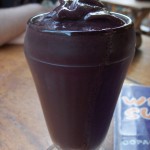
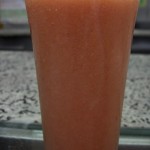
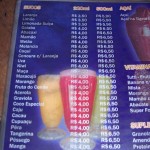
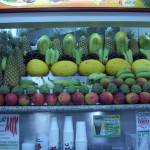

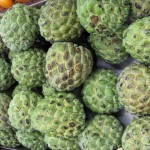
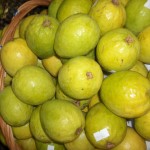
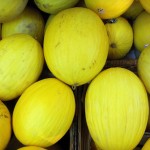
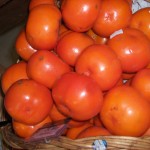
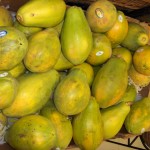
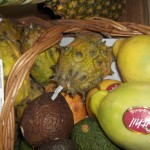
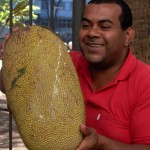
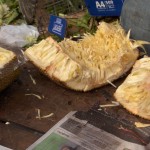
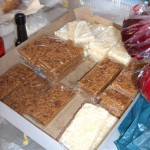

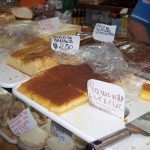
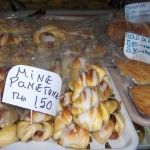
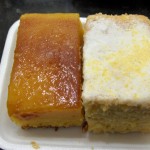
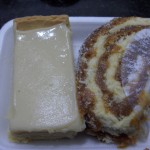
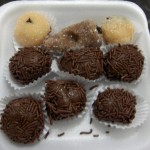
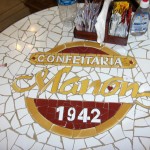
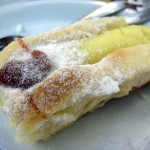
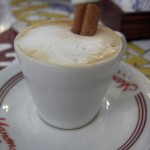

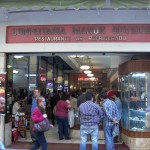
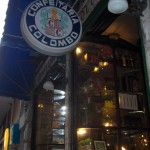


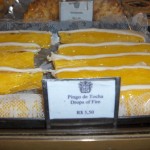
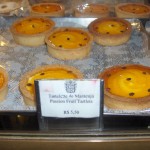
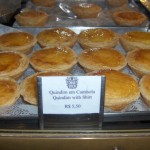
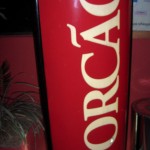
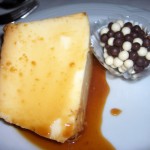
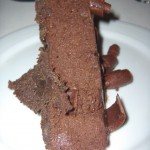
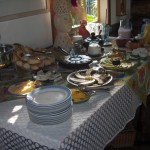
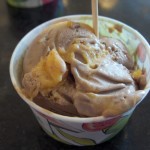

August 2, 2011